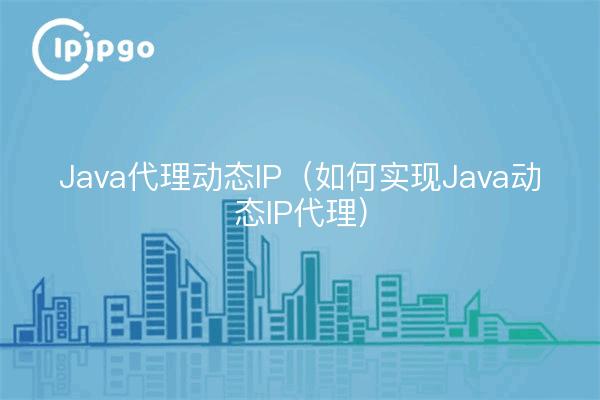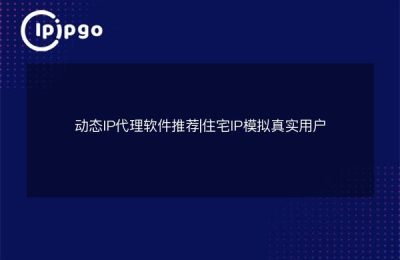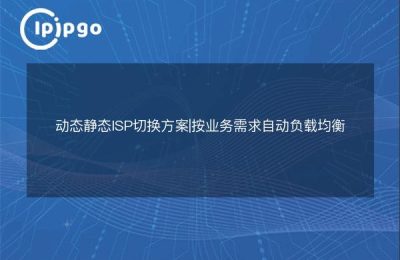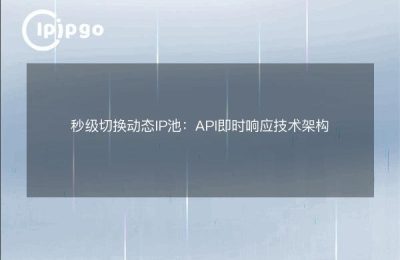
How to implement Java dynamic IP proxy
With the development of the Internet, there are more and more demands for crawlers, data collection, etc., and the demand for dynamic IP proxies is also increasing. In Java, how to implement dynamic IP proxy? We will explore this issue next.
Java agent
Proxies in Java are a very common technique through which we can control access to objects. Proxies also play a very important role in network programming by hiding the real IP address of the client and also by implementing features such as load balancing. In Java, we can use the Proxy class to create dynamic proxies.
"`java
public interface Subject {
void doSomething().
}
public class RealSubject implements Subject {
@Override
public void doSomething() {
System.out.println("RealSubject is doing something.");
}
}
public class DynamicProxy implements InvocationHandler {
private Object target.
public Object bind(Object target) {
this.target = target;
return Proxy.newProxyInstance(target.getClass().getClassLoader(), target.getClass().getInterfaces(), this);
}
@Override
public Object invoke(Object proxy, Method method, Object[] args) throws Throwable {
System.out.println("Before method execute.");
Object result = method.invoke(target, args);
System.out.println("After method execute.");
return result;
}
}
public class Test {
public static void main(String[] args) {
RealSubject realSubject = new RealSubject();
DynamicProxy dynamicProxy = new DynamicProxy();
Subject subject = (Subject) dynamicProxy.bind(realSubject);
subject.doSomething();
}
}
“`
In the above code, we defined a Subject interface and a RealSubject class, and then created a DynamicProxy class to be a dynamic proxy. In the Test class, we use the proxy object to call the methods of RealSubject. In this way, we can add some logic before and after the method execution.
Dynamic IP Proxy
To implement dynamic IP proxies, we need to take the help of some third-party libraries such as HttpClient, Jsoup etc. These libraries can help us to send HTTP requests, parse HTML and other operations. When using dynamic IP proxy, we can use these libraries to realize the switching and management of proxy IP.
"`java
public class DynamicIPProxy {
public static void main(String[] args) {
// Send a request using HttpClient
CloseableHttpClient httpClient = HttpClients.createDefault();
HttpGet httpGet = new HttpGet("https://www.example.com");
// Set the proxy IP and port
HttpHost proxy = new HttpHost("your_proxy_ip", your_proxy_port);
RequestConfig requestConfig = RequestConfig.custom().setProxy(proxy).build();
httpGet.setConfig(requestConfig);
try (CloseableHttpResponse response = httpClient.execute(httpGet)) {
HttpEntity entity = response.getEntity();
// Parsing HTML, etc.
} catch (IOException e) {
e.printStackTrace();
}
}
}
“`
In the above code, we have used HttpClient to send HTTP requests and set the proxy IP and port. In this way, we can implement the dynamic IP proxy functionality.
In general, the implementation of dynamic IP proxies in Java is not complicated, only with the help of some third-party libraries to realize it. Of course, we also need to pay attention to the use of proxy IP specification to avoid violating relevant laws and regulations. I hope this article will help you.








